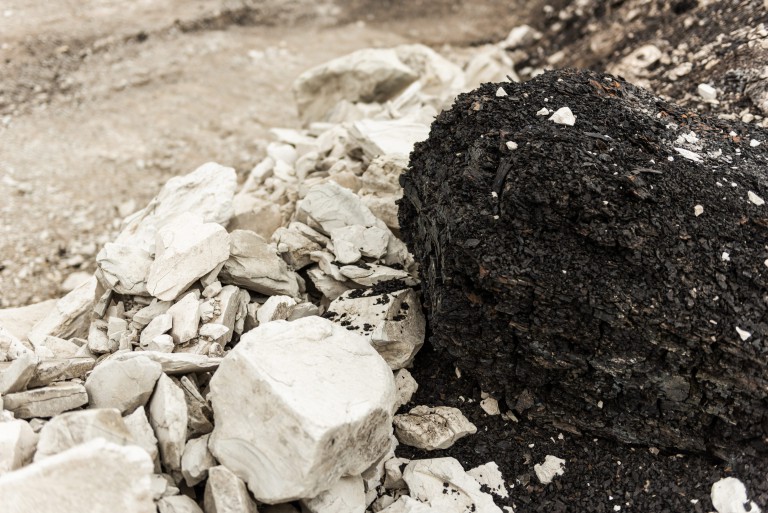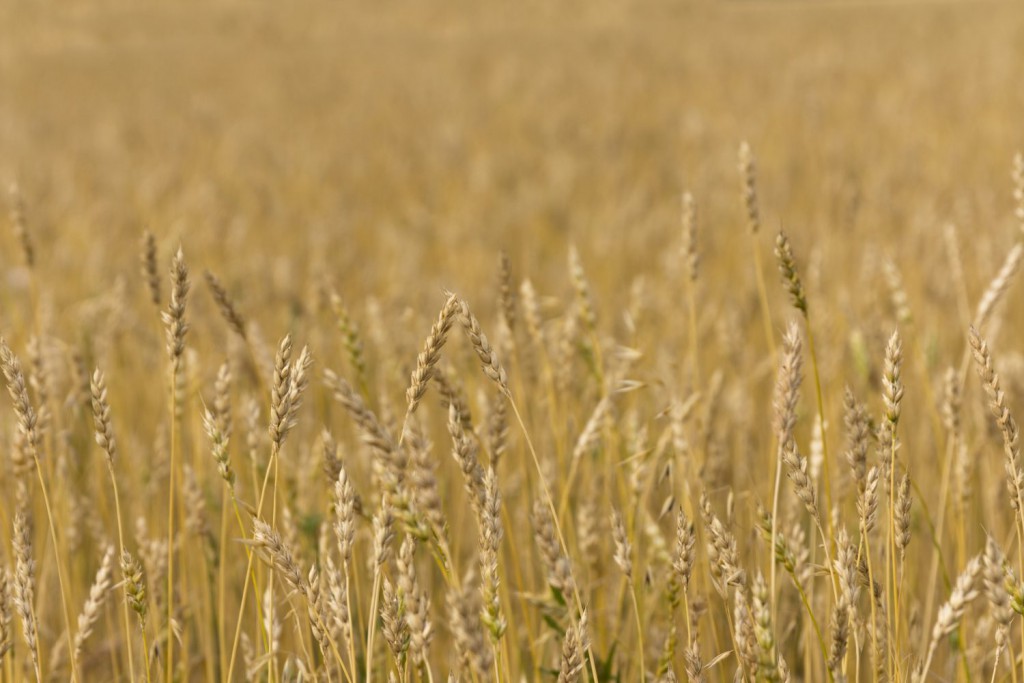Crop destroying pests continue to develop resistance to chemical pesticides. In fact, although pesticide use has increased since the 1940’s, crop losses have also continued to increase. In the 1940’s, farmers saw approximately seven percent of their crops lost to pests with this number rising to approximately thirteen percent since the 1980’s! It has been suggested that hundreds, even thousands, of pests have developed a resistance to pesticides.
In a sense, we have unintentionally imposed artificial selection on pest populations, causing pest them to evolve. Pesticide resistance is developed as insects with mutations that allow them to survive pesticide use begin to outnumber those without the mutation, sustaining the population and passing on these resistant genes to their offspring, creating a resilient population. In response, an increased dose of pesticides is often used to combat resilient pests however this only serves to further contribute to the development of a resistant population, as the resistant pests more quickly come to dominate the entire population. Insects, with rapid reproduction rates, are quick to develop resistance among their populations.
In order to combat this developed resilience, individuals are looking to natural methods of pest control. Used for hundreds of years as a natural pest control product, diatomaceous earth has quickly become popular. Diatomaceous earth works to kill insects by lacerating their exoskeletons and dehydrating them. This method of elimination is physical, unlike chemical pesticides, and for this reason insects are unable to develop a resistance to diatomaceous earth.
For more information on the use of diatomaceous earth as a natural insecticide in the home and garden see: APL’s Diatomaceous Earth Now Approved in Canada As Natural Insecticide


